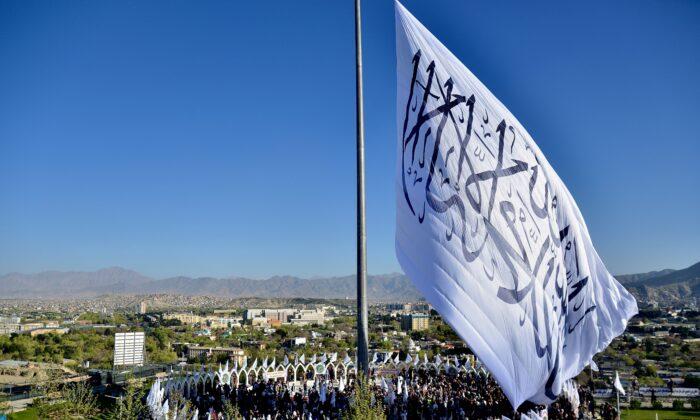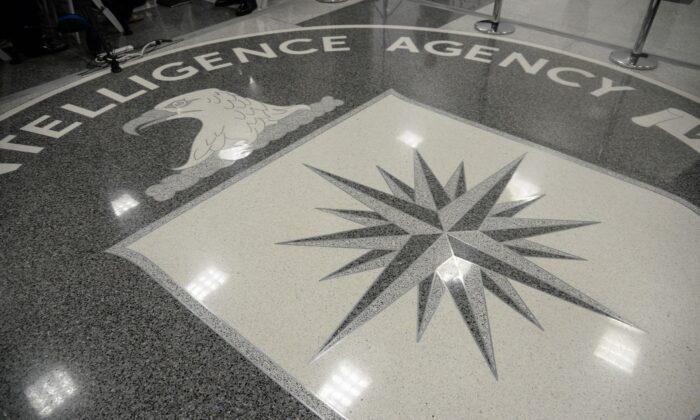Commentary
The pace of China’s espionage offensive against its potential adversaries in the likely upcoming invasion of Taiwan seems to be increasing, and the Biden administration needs to increase its countermeasures. The recent spate of spy balloon incursions and probes of allied defenses in the Western Pacific stand as a reminder of the urgency.
History is full of examples of increasing espionage on the eve of war. Japan’s spying on U.S. assets in Hawaii
increased on the eve of Pearl Harbor. Plans for the attack on Pearl Harbor began at least a year beforehand, and the Japanese had
excellent intelligence on American military operations. The United States should treat China today like the Roosevelt administration should have treated Imperial Japan before Pearl Harbor, with readiness and trepidation. Diplomacy is stuck, and Chinese officials are making it hard for American officials to negotiate.
Air Force Gen. Mike Minihan, head of Air Mobility Command,
warned earlier this month that war with China likely will happen within the next two years. The men and women under his command should be ready to “aim for the head” in the event of war with China, which Minihan worries could coincide with next year’s elections in the United States and Taiwan.
Minihan told those under his command to “consider their personal affairs and whether a visit should be scheduled with their servicing base legal office to ensure they are legally ready and prepared.”
Xi Jinping
made China’s goal plain in November following the Chinese Communist Party (CCP) Congress when he said it was time to “prepare for war.” It’s best to take him at his word instead of explaining it away.
The traversal of the Chinese spy balloon from Alaska across Canada and over the United States past some of the nation’s most sensitive nuclear bases prior to being shot down off the coast of South Carolina is the latest provocation.
The balloon transmitted sensitive intelligence that could give the CCP an understanding of America’s nuclear weapons program for targeting purposes in the event of war. China now has
more missile silos that the 450 silos owned by the United States. The spy balloon traversed near Malmstrom Air Force Base in Montana, one of three U.S. bases housing America’s nuclear missile silos.
It also
passed near Whiteman Air Force Base in Missouri where U.S. B-2 bombers are based.
The latest information
suggests that China obtained an unknown amount of signals intelligence from the balloon as it surveilled U.S. missile and other military installations. It came amid heightened worry that the CCP-linked Fufeng Group’s purchase of 300 acres of farmland near Grand Forks Air Force Base in North Dakota where U.S. B-52s and B-1Bs are based could be used to gain intelligence.
China claims that it doesn’t have a first-strike capability when it comes to its uninhibited nuclear program. Such intelligence could give the CCP the ability to look for chinks in the U.S. nuclear umbrella and to exploit them.
The United States is completely unprepared to defend against an attack by Chinese inter-continental ballistic missiles (ICBMs). China’s DF-41 ICBMs based in western China carry an estimated 10 warheads each, significantly more than the single warhead carried by the U.S. Minuteman IIIs.
“As I assess our level of deterrence against China, the ship is slowly sinking,” Adm. Charles Richard, former commander of U.S. Strategic Command, said during
a speech in November. “It is sinking slowly, but it is sinking, as fundamentally they are putting capability in the field faster than we are.”
The Pentagon’s 2022 estimate of Chinese military power (
pdf) suggests that China could likely use nuclear weapons if it fears the survival of the communist regime.
American defenses are geared to look for conventional nuclear threats such as incoming ICBMs, planes, or to a lesser extent enemy cruise missiles. Balloons offer an unconventional means to deliver either a nuclear weapon or an electromagnetic pulse device (EMP) against American targets.
NORAD’s admission that other Chinese spy balloons may have entered U.S. airspace requires a stronger response from U.S. air defenses. It wouldn’t take much for the CCP to see this as a hole in American air and space defenses, and to launch a nuclear version of Japan’s firebomb attacks on the United States; consequently, vigilance is required.
This is hardly the latest effort by the communist Chinese to probe U.S. and allied defenses. In December, China sent an aircraft carrier battlegroup through Japan’s southern island chain just south of Okinawa, home to U.S. Marine and Air Force bases. It
marked the second time in 2022 that the Chinese aircraft carrier Lionang operated with its battlegroup in the area.
A Chinese spy ship
carried out surveillance in the Indian Ocean, likely aimed at India, earlier this month. Chinese balloons have also been
used against India.
Whatever Xi has planned, America and its allies can’t simply just sit around waiting for the next Pearl Harbor. They have to be ready the moment they receive word that the attack is at hand. Xi must know that his activities will not be unchallenged.
Views expressed in this article are opinions of the author and do not necessarily reflect the views of The Epoch Times.





